
If you’re a coffee lover, you might be tossing out used coffee grounds without realizing their incredible benefits for your garden. Coffee grounds are a fantastic organic material that can improve soil health, nourish plants, and even deter pests. You may have heard that used coffee grounds can be utilized in the garden, but did you know why, or how? You may be excited to hear that incorporating coffee grounds into your gardening routine is an easy and sustainable way to make the most of your morning brew.
Why Your Garden Loves Coffee Grounds
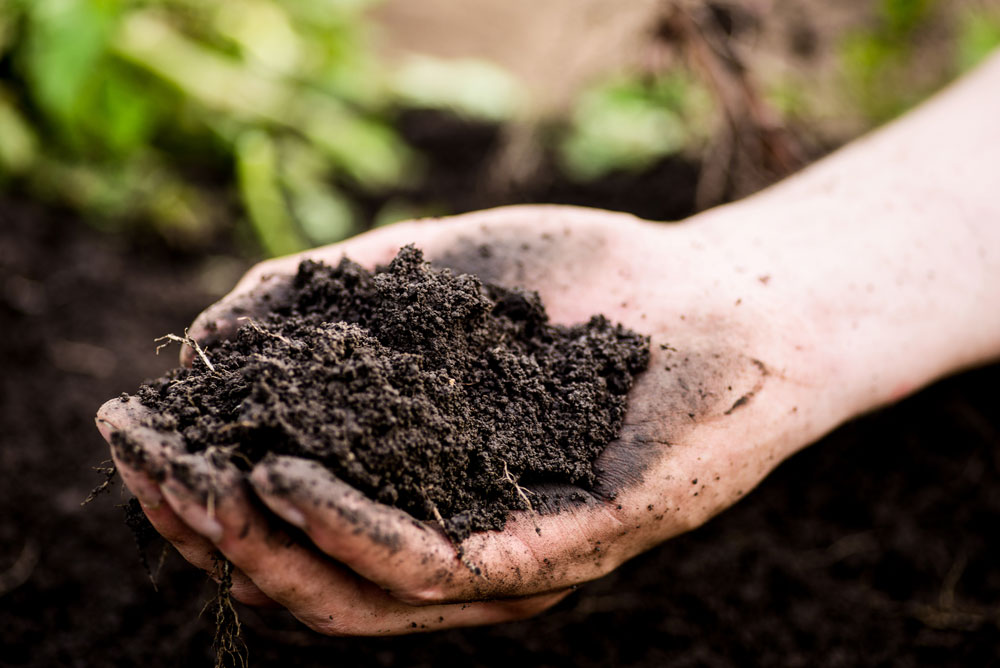
Nutrient-Packed Goodness
Coffee grounds are a powerhouse of nutrients, packed with nitrogen, potassium, phosphorus, and other trace minerals that plants crave. While fresh coffee grounds are acidic, used coffee grounds are closer to neutral, perfect for most garden beds. It’s nice to discover that we can save some money on store-bought fertilizer and instead use something we may currently be throwing away.
How to: Want a nutrient boost in liquid form? Steep about one cup of used coffee grounds in a gallon of water overnight to create a mild, liquid fertilizer. Then, use this “coffee tea” to water your plants. They’ll thank you with lush, green growth! Carrots like fertile soil with a neutral pH, loose and breathable, which coffee grounds can provide. Diluted coffee water can provide plants with essential nutrients like nitrogen, potassium, and magnesium, which carrots, cucumbers, peppers, and radishes benefit from.
Fluff Up That Soil! Improve Soil Structure and Drainage
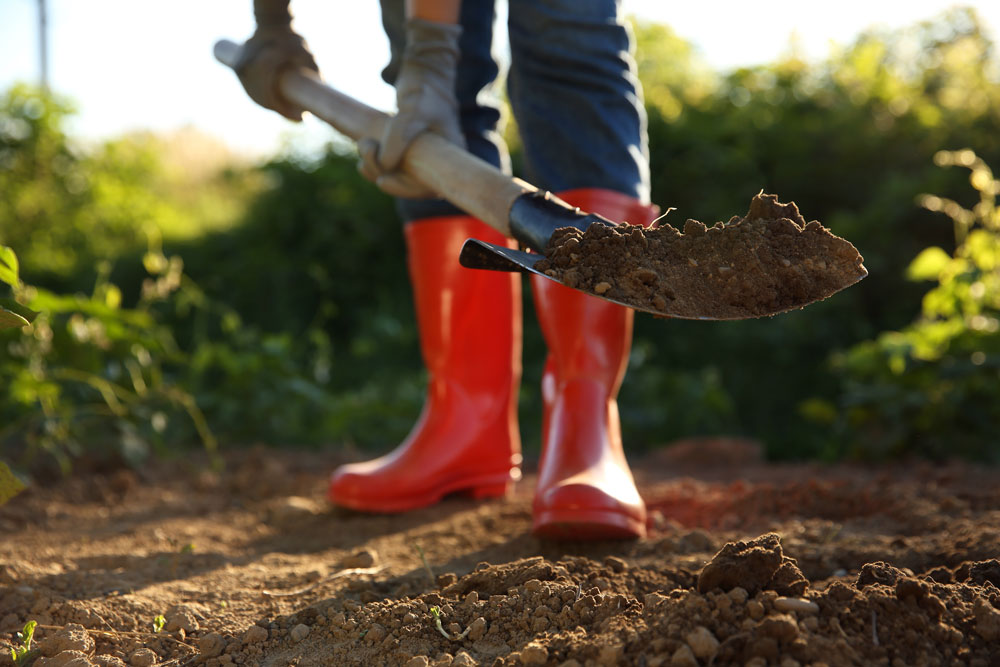
When added to soil, coffee grounds enhance its structure by increasing aeration and water retention, enhancing the health of moisture loving plants such as bleeding heart, canna lilies, and hostas. This is especially beneficial for heavy clay soils, which can become compacted over time. By mixing coffee grounds into the soil, you create a looser texture that allows roots to spread out, breathe, and soak up nutrients. Loosening the soil also improves drainage, allowing the water to flow more efficiently.
How to: Whether using a spade to aerate a raised bed, or a shovel in a larger garden, use moderation when adding used coffee grounds directly to the soil. Rake the grounds into the top couple of inches of soil or sprinkle them lightly on top, but avoid creating a thick layer. Avoid using grounds in xeriscapes, waterwise landscapes or around low water plants.
Encourages Beneficial Microorganisms
Healthy soil is teeming with microorganisms that break down organic matter and release nutrients for plants. Coffee grounds act as a food source for these beneficial microbes, helping to maintain a thriving soil ecosystem. This, in turn, boosts plant health and improves nutrient availability.
A Natural Pest-repellant
Garden pests like slugs and snails dislike coffee grounds due to their texture and scent. Sprinkling coffee grounds around vulnerable plants creates a scratchy, unpleasant barrier that deters these unwanted visitors. Additionally, some gardeners have found that coffee grounds can help repel cats from digging in garden beds.
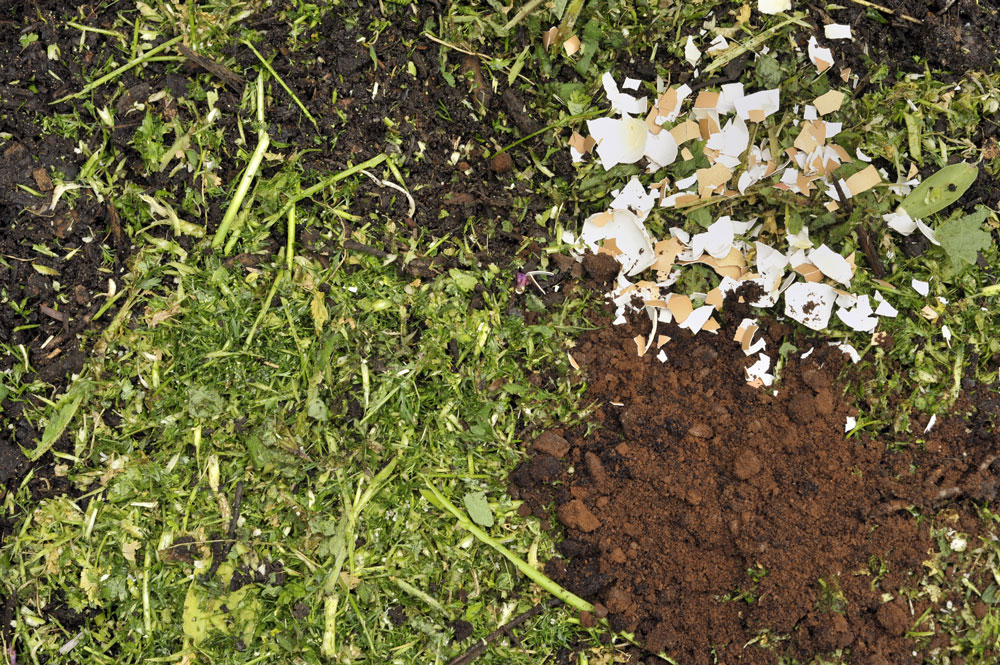
How to: Coffee grounds make a great mulch, but be careful, applying too thick a layer can create a water-repelling crust! Think of it as a seasoning you are sprinkling around your plants, as a little goes a long way. You can also mix the grounds with other organic matter like wood chips, egg shells, or straw to keep the soil from getting too dense. Your plants will love the moisture retention, weed suppression, and natural pest barrier! Keep snails and slugs away from dahlias, hostas, delphiniums, and lilies.
Compost Like a Pro
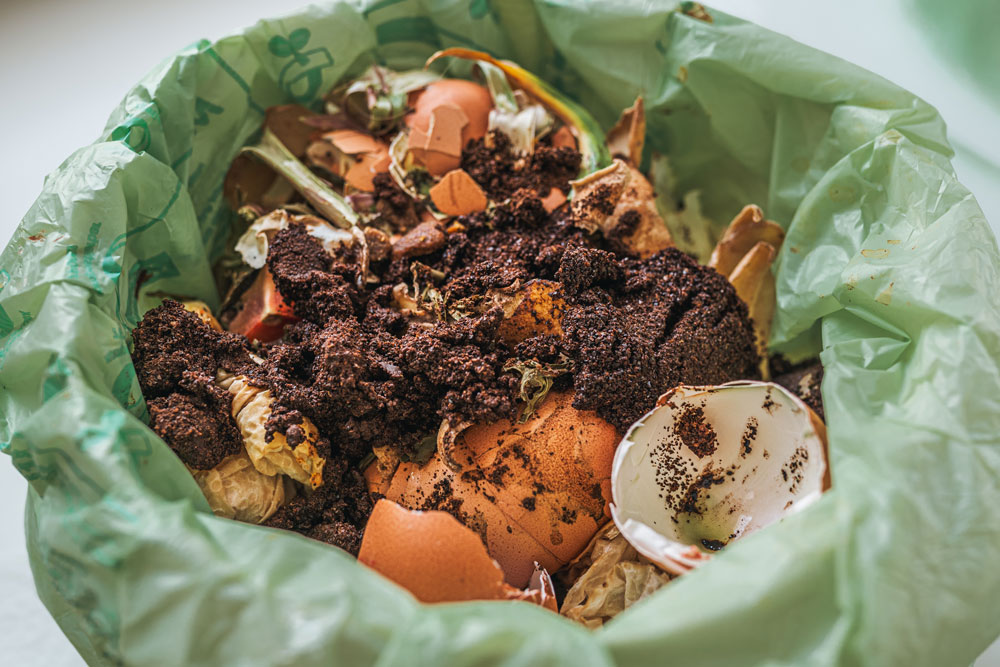
If not used directly in your garden, coffee grounds are an excellent addition to compost bins, as they provide a rich source of nitrogen, helping to balance carbon-heavy materials like dried leaves or newspaper. A well-balanced compost pile breaks down faster and produces nutrient-rich compost that benefits the entire garden.
How to: For an easy compost win, add coffee grounds to your compost pile. Keep the mix balanced by adding plenty of “browns” (like dry leaves or paper) alongside the “greens” (like food scraps and coffee grounds). In general, your used coffee grounds should be no more than 10-20% of your total bin volume. With help from your morning mug, your compost pile will break down faster and be richer in nutrients.
Final Sip: Give It a Try!
Using coffee grounds in your garden is a simple, sustainable way to boost soil health, deter pests, and give your plants some extra love. Plus, it’s a great way to recycle something you’re already using daily. If you want to take things to the next level, you can even grow your own coffee plants from seed. They create a beautiful perennial shrub with shiny foliage that’s easy to maintain. Read all about growing and harvesting coffee in our planting guide. The next time you brew your morning cup, think of your garden, save those grounds, and let your plants enjoy a little coffee boost too!
Discover More Garden Tips & Tricks
-
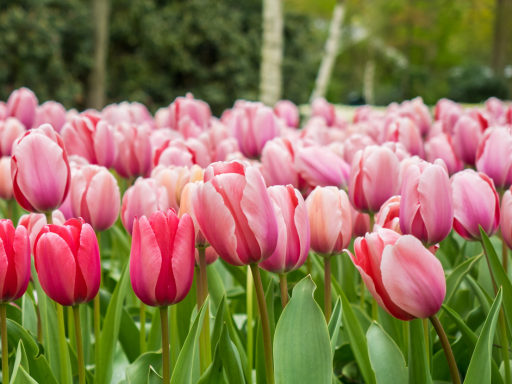
Plant Flower Bulbs En Masse
The massed blooms make a bold visual impact, turning an ordinary garden bed into a spectacular floral display.
-
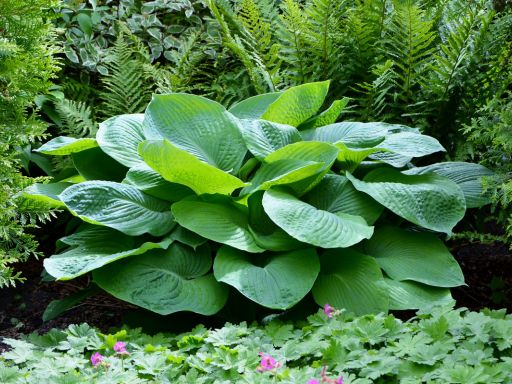
Bright Ideas for a Shade Garden
Learn some tips to turn the dull shaded area of your yard into a colorful relaxing oasis to enjoy.
-
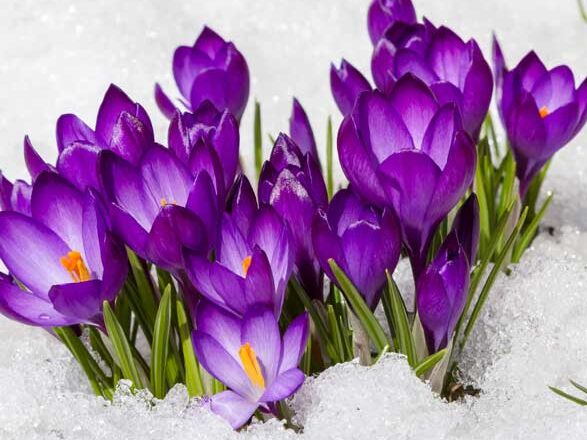
Fall Bulbs for Early Spring Blooms
Plant in fall for a stunning early spring show! Meet the underrated heroes of fall-planted flower bulbs: Crocus, Hyacinth, and Muscari.
-
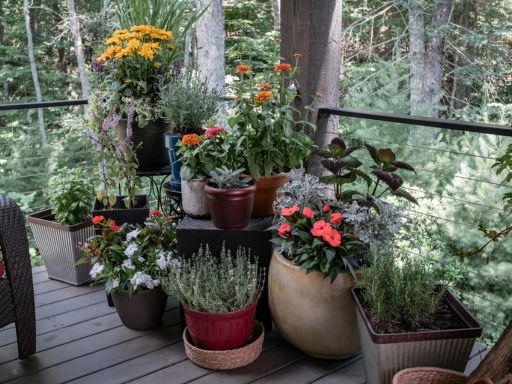
How to Create a Beautiful Container Garden on Your Deck Without the Mess
With a bit of planning and a few clever tricks, you can design a container garden that’s not only lush and thriving, but also tidy, low-maintenance, and kind to your deck.